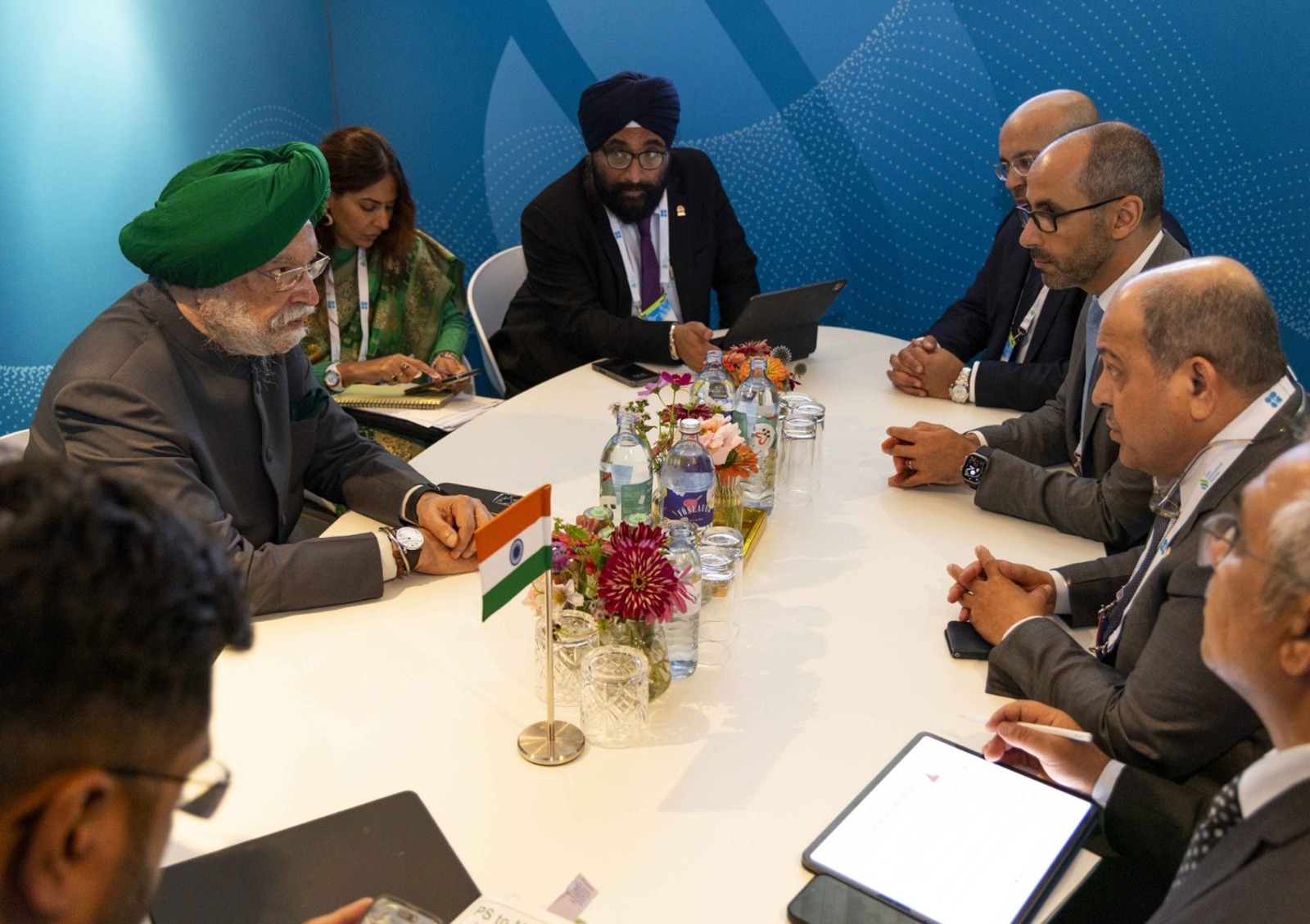
Vienna/New Delhi:
At the 9th OPEC International Seminar in Vienna, Austria, Union Minister of Petroleum and Natural Gas Shri Hardeep Singh Puri presented India’s bold vision for energy security, growth, and sustainability. Speaking to global leaders, industry experts, and professionals, the Minister described India as a “structural growth engine” of global oil markets and a stabilizing force amid market fluctuations.
In his keynote speech on ‘Oil Markets: Energy Security, Growth & Prosperity’, Shri Puri highlighted India’s efforts to boost domestic hydrocarbon exploration and cut import reliance. “We’ve opened 2.5 lakh sq km under the Open Acreage Licensing Policy (OALP) Round-10 and are close to discovering a Guyana-scale oilfield in the Andaman Sea,” he stated. Under Prime Minister Narendra Modi’s leadership, India aims to increase its total exploration acreage to 0.5 million sq km by 2025 and to 1 million sq km by 2030, which represents one of the most ambitious energy exploration programs in the world.
This initiative is supported by significant policy reforms. India has shifted from the Production Sharing Contract system to a Revenue Sharing Model under the Hydrocarbon Exploration and Licensing Policy (HELP), promoting transparency and boosting investor confidence. The Ordinance for Oilfields (ORD Act, 1948) has also been changed to improve lease management and safety. Notably, the government cut ‘No-Go’ zones by 99%, unlocking over 1 million sq km for new exploration. National programs like the National Seismic Programme, Andaman Offshore Project, Mission Anveshan, and the Extended Continental Shelf Survey are speeding up data collection and mapping of reserves.
Emphasizing India’s growing energy demand, Shri Puri noted that the country is the world’s third-largest energy consumer, with daily oil needs of 5.4 million barrels. India is set to account for nearly 25% of the global increase in energy demand in the coming years.
“India is not just a consumer; we are also driving innovation, stability, and sustainability in energy,” he said.
The Minister outlined a strategy to address supply volatility and environmental sustainability. India has diversified its crude import sources from 27 to 40 countries, increased domestic production, and is speeding up its shift to a gas-based economy. With plans to raise refining capacity to 310 million metric tonnes per annum (MMTPA) by 2028, India aims to become a global hub for refining and petrochemicals, with an industry size projected at US$300 billion by 2030.
Despite global political tensions and rising fuel prices, Shri Puri stated that India has maintained energy affordability. “We may be the only major economy where fuel prices have decreased even as international prices have increased,” he said. India seeks to achieve energy independence by 2047 and reach Net Zero emissions by 2070.
The Minister also emphasized India’s leadership in clean energy, particularly biofuels. He highlighted the Global Biofuels Alliance, launched during India’s G20 Presidency, which includes over 29 countries and 14 international organizations. Domestically, India is promoting ethanol blending, compressed biogas (CBG), biodiesel, and sustainable aviation fuel (SAF).
Regarding inclusive development, Shri Puri praised the Pradhan Mantri Ujjwala Yojana (PMUY), which is the world’s largest clean cooking program. Over 103 million LPG connections have been provided, primarily to women from low-income households. “It’s not just about fuel; it’s about dignity, health, and empowerment,” he said.
As a result, LPG coverage in India has grown from 55% in 2014 to nearly universal access today. Even with a 58% rise in international LPG prices over the past year, PMUY beneficiaries now pay only $6–7 for a 14.2 kg cylinder, thanks to strong government subsidies and oil companies absorbing over $4.7 billion in losses to protect consumers.
“India’s energy journey is a story of resilience, reform, and responsibility,” Shri Puri concluded, urging for a fair, inclusive, and equitable global energy transition, especially for the 1.4 billion Indians and billions more in the Global South.
The seminar was another moment where India’s energy goals—focused on access, affordability, and sustainability—made an impact on the global stage.